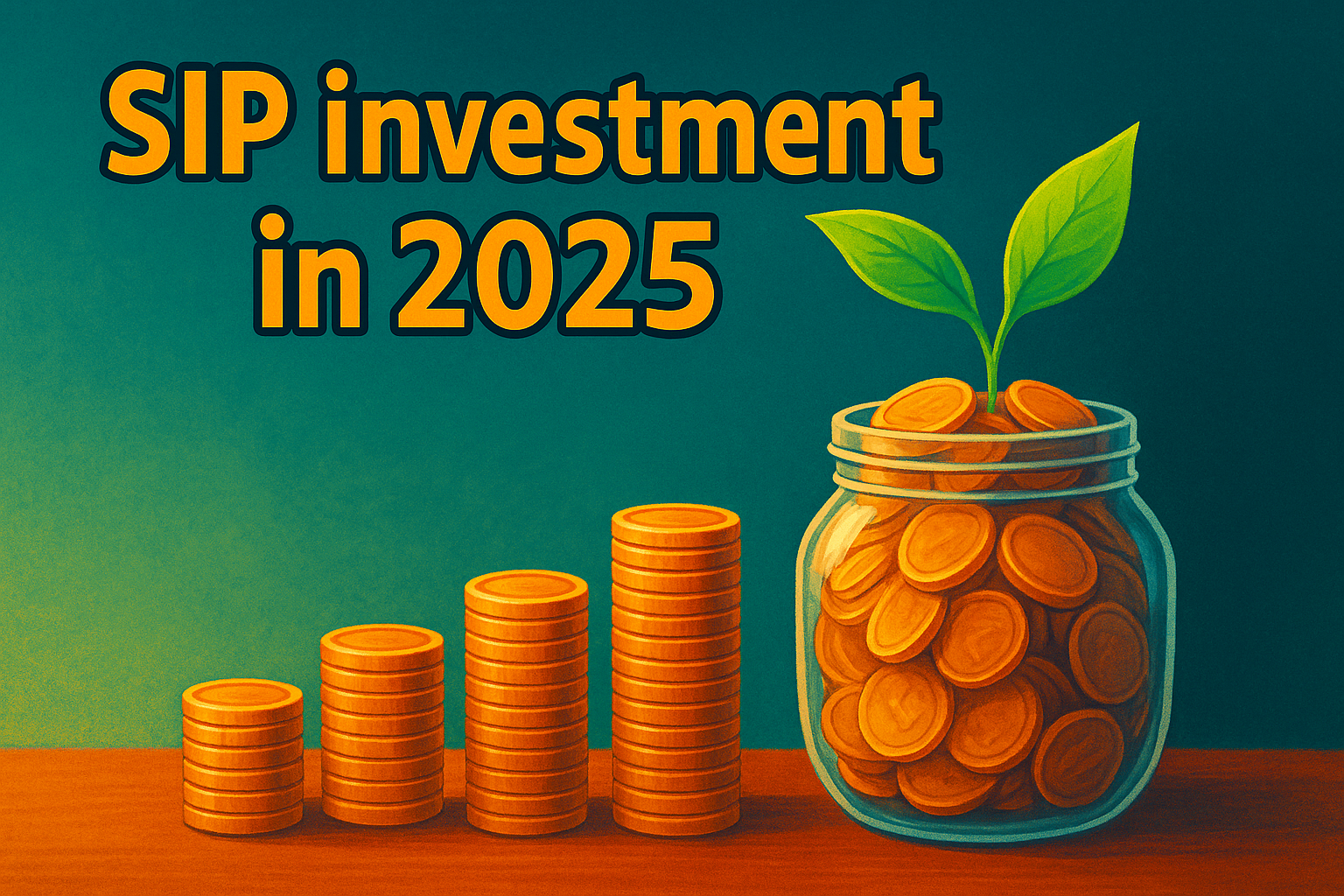How to Calculate Your Returns from a Recurring Deposit
2024-12-30
0 Comments

A recurrence deposit is one of the most preferred savings plans where people save money to let them grow gradually. Recurring deposits, on the other hand, are unlike fixed deposits, where you make regular installments, usually monthly for a certain period at a constant rate of interest. In such a case, if you put up the initial contribution along with every successive addition, then the interest on the initial contribution as well as on every subsequent contribution is accrued and is a good means of earning interest.
Table of Contents
In this blog post, we will guide you through understanding how to compute your returns from an RD plan and some pointers to maximizing your investment.
Step 1: Select your rate of interest and term.
Being a measure of interest rate, you have to ascertain the interest rate and maturity period of your recurring deposit everywhere you go. The interest rate is obtained from your bank or an appointed financial institution, and the number of periods refers to the number of months it will take to make your periodic deposit.
Step 2: Determine the amount of money you are to deposit each month.
After this, you are required to decide how much of your monthly savings are going to be invested in your recurring deposit. Now that you know how much money you need each month to reach your target, this should be a figure that doesn’t create long-term financial stress to your budget but would still be easily affordable each month.
Step 3: Find out the future value of RD.
You can now use a recurring deposit calculator or formula to see what the value of your investment will be in the future. If you prefer to do the calculations manually, use the following formula:
Future Value = ‖ PMT * [(1 + r)^n - 1] / r
Where:
PMT = monthly deposit amount
nominal interest rate per period, with the current instance being monthly, in this case.
n = total number of periods of months
Step 4: Consider compound interest
Recurring deposits are based on the principle of compound interest, whereby the money earned on the deposits is again invested back in the company, hence the investment grows more exponentially. When calculating your returns, you need to adjust the interest rate and the number of periods to arrive at the compound interest factor.
Compound interest formula:
However, determining the future value of a stream using a specific formula requires knowledge of two other variables: interest rate, or r, and the number of periods, or n. Future Value = PMT×r(1+r)n−1​
Where:
PMT = Payment made in each period
r = interest rate per period
n = Number of periods
Step 5: Subtract the initial deposit.
In the next step, you find the total returns from your RD by reducing the RD amount of the future value, shown in Step 3 or 4. Overall, the returns from your investment will be the sum of all these.
Step 6: Consider tax implications
Now, think about the taxes that you have to pay for your income before you have to jump for joy and celebrate your returns. Although the bank does not deduct tax on the interest earned on recurring deposits, they pass through the Income Tax Act, and you would have to declare the interest earned for tax purposes every financial year.
Tips to maximize your returns:
Choose a higher interest rate: You can approach more than one bank or financial organization and check out for better interest rates on RDs. In so doing, you can optimally maximize your returns in the long run.
Increase your monthly deposit amount: If possible, one should increase their monthly deposit in order to have faster-growing returns.
Invest for the long term: This instrument provides more time for money to grow as well as compound, the longer you take with the recurring deposit. It is also possible to plan regular installments in which contributions are made over 5, 10, or 20 years.
Plan for the unexpected: It is important to set up for long-term investment as much as it is important to have a contingency in case of emergencies that may force you to liquidate your investments. For such a situation, it would be advisable to diversify your investment portfolio or save part of your monthly contribution in another easily accessible account.
Reinvest your returns: To get even higher returns, it is advisable to reinvest the interest earned back into your recurring deposit account. It will enable you to develop a large sum of money that you can accumulate in the process.
Conclusion:
To arrive at your returns from an RD, it is necessary to know the rate of interest, the number of years chosen, and the monthly deposit amount, and then apply the formulas or use the calculator to know the FDVs. Here, you should take into account the interest that is compounded and the taxes paid so that you will get the exact worth of your repetitive deposit.
How to get more returns includes choosing a higher interest rate, regularly depositing more money, time depositing for a longer period, providing for unforeseen events, and compounding your profits. If you follow these steps and tips, you will get the best out of your recurring deposit investment to meet your financial objectives.
Add a Comment
Popular Categories
Popular Blog Posts
SIP or Crypto? The Answer Will Surprise You
28 Jul, 2025
EV Stocks in India: Boom or Bubble?
18 Jul, 2025
Search For Financenu Service
Apply For Financial Service














